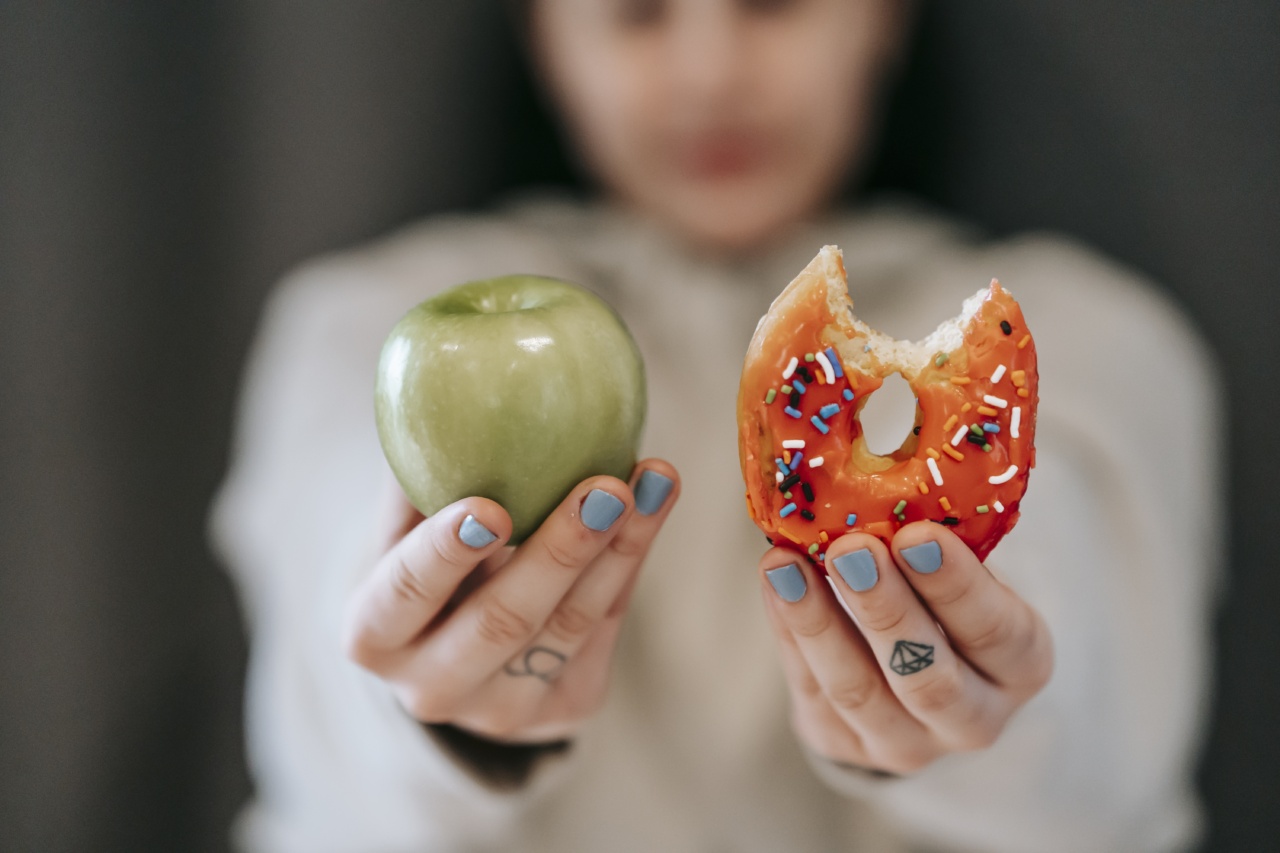When it comes to maintaining a healthy lifestyle, one often faces the challenge of resisting cravings for unhealthy foods. The allure of sugary snacks, high-fat treats, and salty snacks can be difficult to overcome.
However, research suggests that exercise may play a significant role in reducing cravings for unhealthy foods. In this article, we delve into the relationship between exercise and cravings, examining various studies and findings that shed light on this fascinating aspect of human behavior.
Let’s explore the impact of exercise on decreasing cravings for unhealthy foods and how you can incorporate physical activity into your routine for better overall health.
The Influence of Exercise on Reducing Food Cravings
Studies have consistently shown that exercise has a positive effect on decreasing cravings for unhealthy foods. When individuals engage in physical activity, the desire for high-calorie, sugary, or fatty foods diminishes.
A study published in the journal “Appetite” found that even a short bout of exercise, such as a brisk walk, can significantly reduce the cravings for chocolate and other unhealthy snacks. Another study published in “Exercise and Sport Sciences Reviews” revealed that engaging in regular exercise contributes to decreased cravings for sugary and fatty foods, thus promoting a healthier dietary pattern.
The Mechanisms Behind the Reduction of Cravings
It is essential to understand the mechanisms behind the reduction of cravings to fully grasp the impact of exercise on this front. Exercise affects various physiological and psychological factors associated with cravings for unhealthy foods.
1. Regulation of Appetite Hormones
Exercise regulates the release of appetite hormones, such as ghrelin and leptin, which play significant roles in controlling hunger and satiety.
Ghrelin, often referred to as the “hunger hormone,” stimulates appetite, while leptin, known as the “satiety hormone,” signals fullness. Regular exercise helps maintain a balance in these hormones, reducing the intensity of cravings.
2. Distraction and Mood Enhancement
Engaging in exercise can serve as a distraction from cravings for unhealthy foods. It shifts the focus from food-related thoughts to the physical activity being performed.
Additionally, exercise releases endorphins, known as “feel-good” hormones, which can enhance mood and make individuals less susceptible to succumbing to cravings.
3. Improved Self-control and Willpower
Exercise has been found to boost self-control and willpower, leading to better resistance against cravings for unhealthy foods.
Regular physical activity strengthens the prefrontal cortex, the area of the brain associated with decision-making and self-control. This enhanced self-control can help individuals make healthier food choices and decrease their cravings.
Incorporating Exercise into Your Lifestyle
Now that we understand the positive impact exercise can have on decreasing cravings for unhealthy foods, it’s essential to explore ways to incorporate physical activity into our daily lives. Here are some suggestions:.
1. Find an Exercise Routine You Enjoy
Discover activities that bring you joy and make exercise an enjoyable experience. Whether it’s dancing, swimming, cycling, or playing a sport, having fun while being physically active increases the likelihood of sticking to an exercise routine.
2. Set Realistic Goals
Start small and gradually increase the intensity and duration of your workouts. Setting achievable goals helps create a sense of accomplishment, motivating you to continue exercising and reaping its benefits.
3. Engage in Functional Training
Functional training involves performing exercises that mimic movements used in everyday activities. This type of exercise not only improves overall fitness but also enhances body strength and flexibility, making daily tasks easier and more enjoyable.
4. Make Exercise a Social Activity
Invite friends or family members to join you in your exercise routine. Engaging in physical activity together not only adds a social component but also provides additional motivation and accountability.
5. Incorporate Physical Activity into Daily Routine
Look for opportunities to be physically active throughout the day. This can include taking the stairs instead of the elevator, walking or cycling to work, or engaging in short exercise breaks during prolonged periods of sitting.
Conclusion
Exercise offers significant benefits beyond physical fitness, including its role in reducing cravings for unhealthy foods.
Various studies have shown that exercise has a positive impact on the intensity and frequency of cravings, leading to improved dietary choices. By understanding the mechanisms involved and incorporating physical activity into our daily lives, we can harness the power of exercise to mitigate unhealthy food cravings and work towards a healthier lifestyle.































